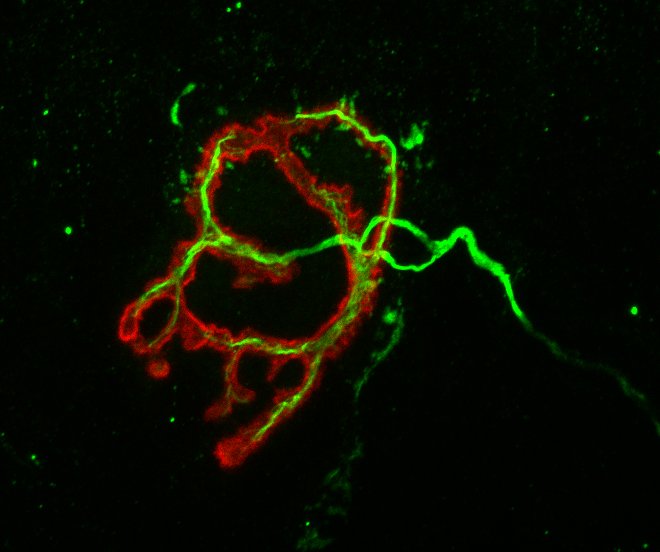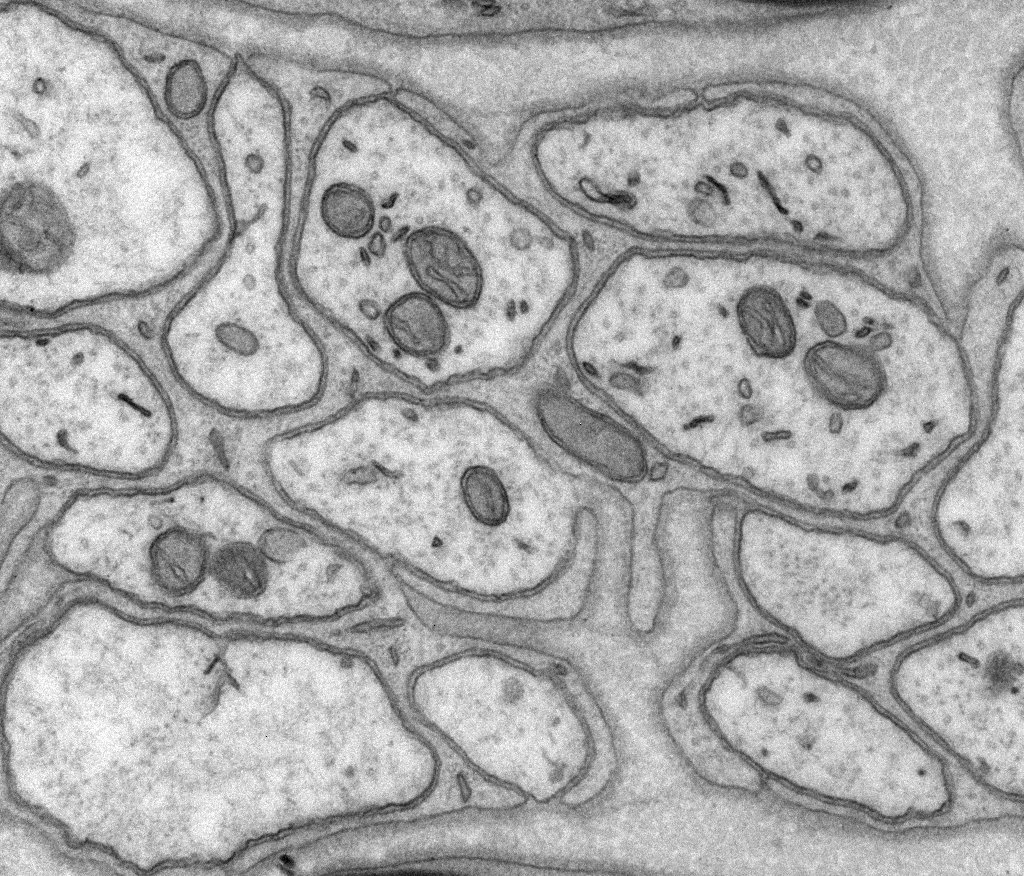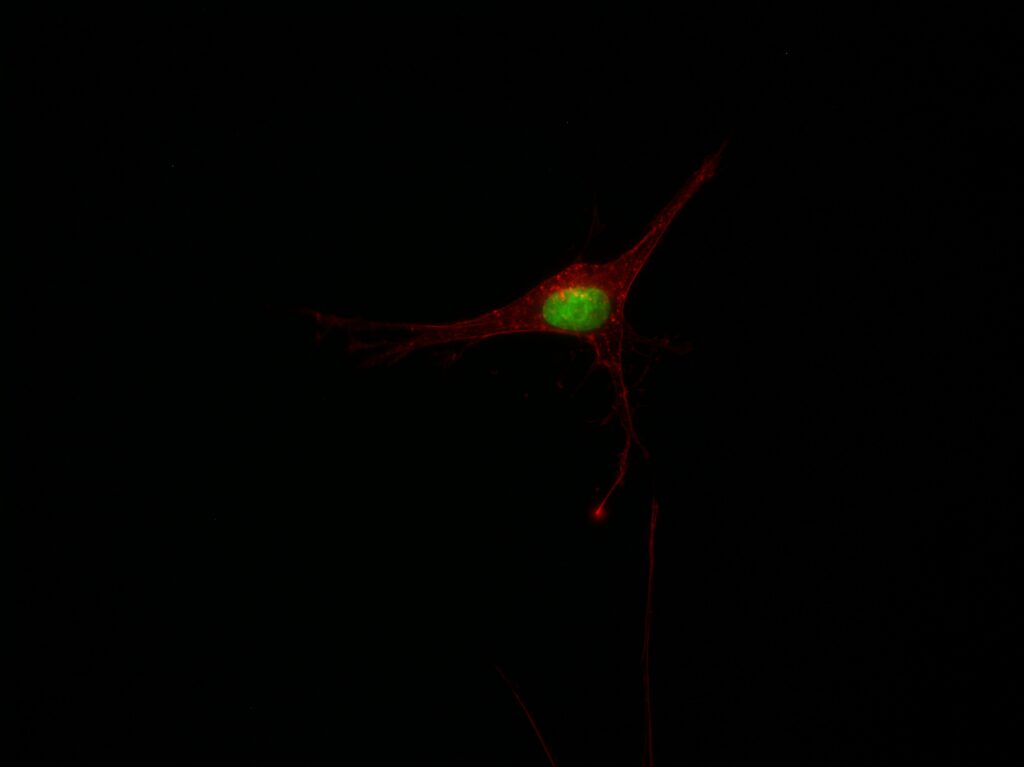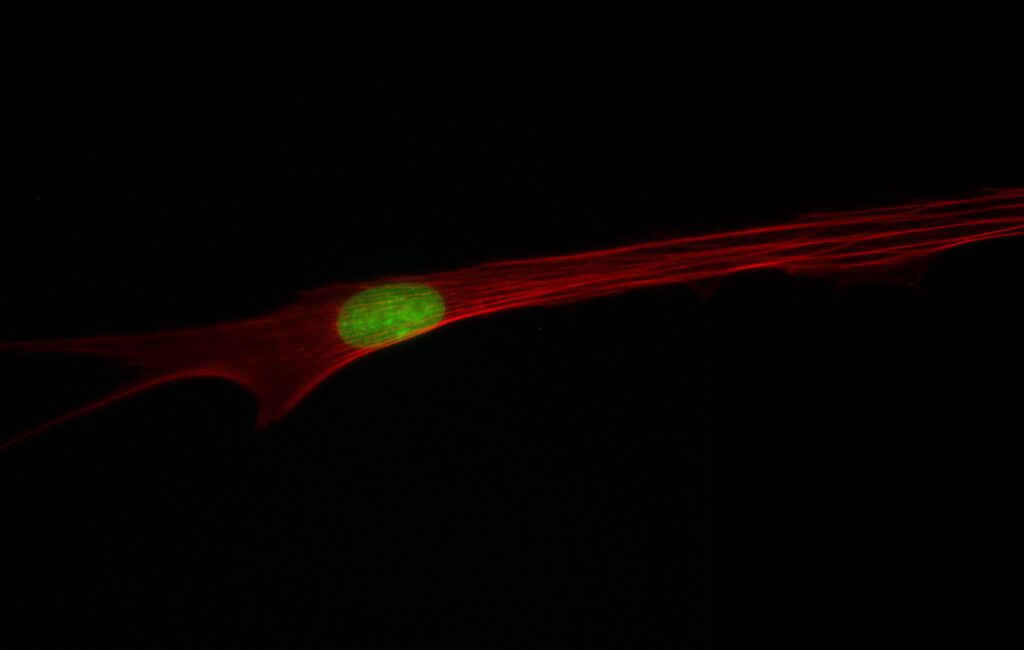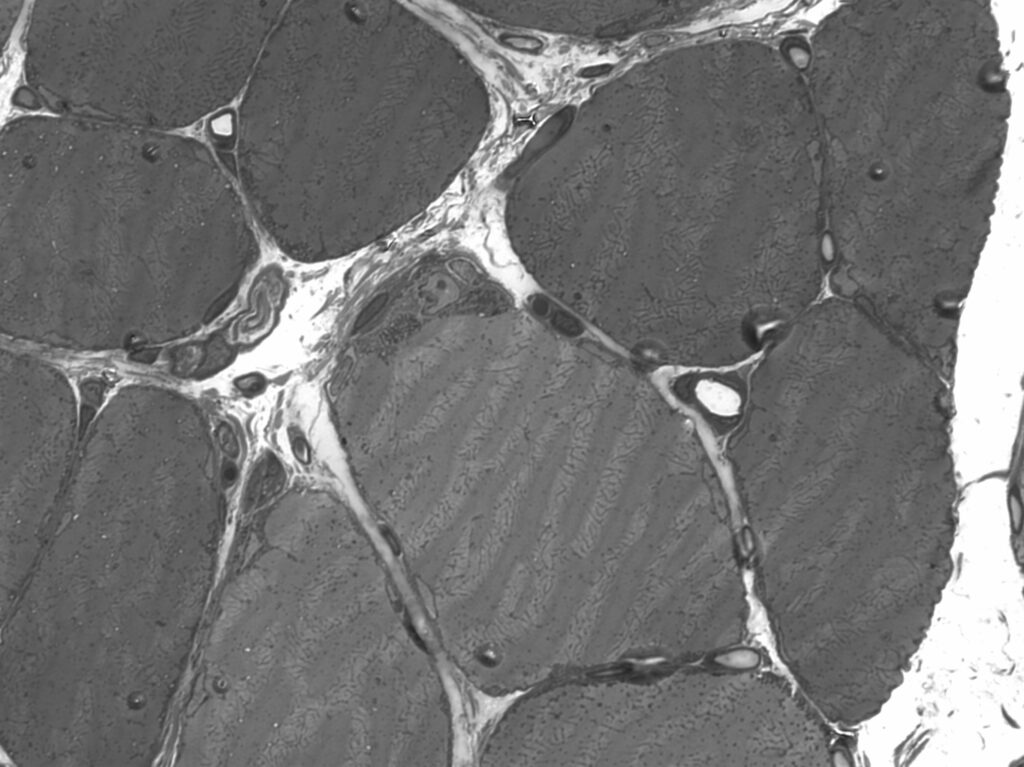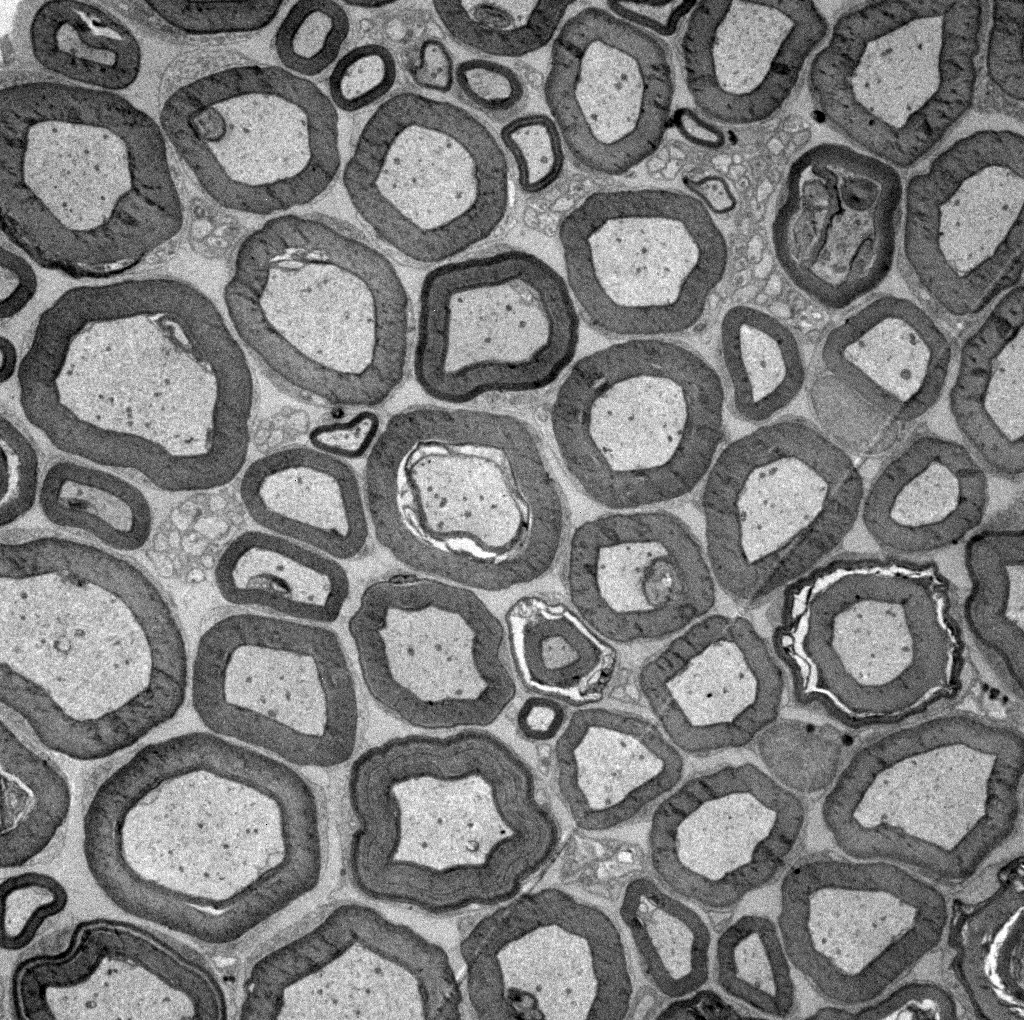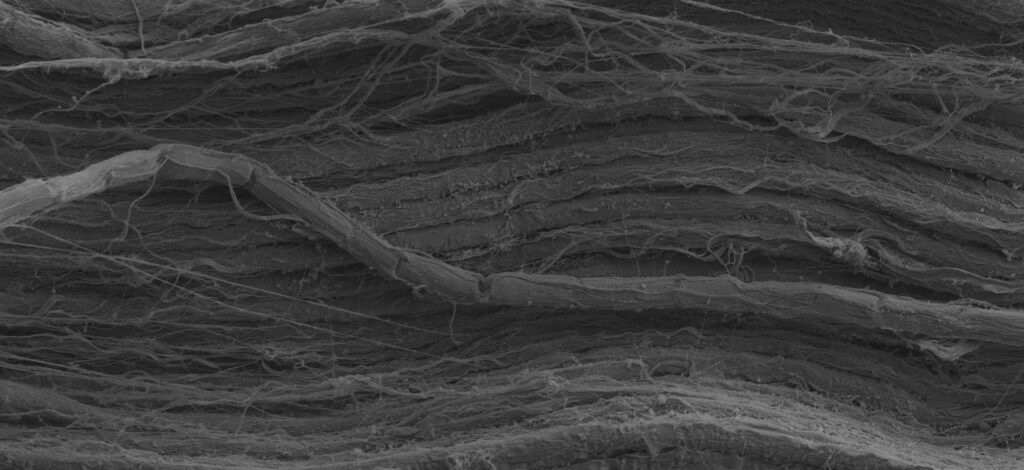Research Interests
- Mechanisms and Pathways of Plasmalemma Repair
- PEG-Fusion Repair of Traumatic Peripheral Nerve Injuries
- PEG-Fusion Repair of Traumatic Spinal Cord Injuries
Some Current Projects Under Investigation
Are membrane vesicles recruited to the injury site via the plug or patch mechanism? What are the chemical and molecular mechanism of vesicle transportation? How does artificial plasmalemmal sealing work under PEG-sealing?
Can voluntary behaviors be restored following PEG-fusion repair of ablated mixed sensorimotor nerves using viable stored peripheral nerve allografts with a time delay between injury and repair?
What are the mechanisms that confer immunotolerance to PEG-fused peripheral nerve allografts following repairs without tissue-matching or immunosuppression?
Can voluntary behaviors be restored following PEG-fusion repair of ablated spinal cord injuries using viable peripheral nerve allografts?
What is the fate of the fused axons of different modality following PEG-fusion repair? How does that affect synaptic plasticity and overall reorganization of the PNS/CNS?
How can we combine local drug/cell delivery via hydrogel and PEG-fusion repair to achieve better behavioral recovery?
Can ultrasound-triggered anesthetic drug delivery achieve on-demand chronic pain management following peripheral nerve injuries?
Recruiting Graduate Students and Postdoctoral Fellows
Received new grants to provide exciting opportunities for graduate students and post docs interested in working on PEG-fusion repair of peripheral nerve injuries, spinal cord injuries, limb transplantation, etc.
Recruiting Undergraduate Students
Many current and previous undergraduates in my laboratory have been awarded NIH or Howard Hughes Fellowships for the summer, four have been awarded fellowships at Woods Hole, and five have been awarded ATP Minority Fellowships. Almost all students who had worked in my laboratory have been admitted to excellent medical or graduate schools. Many have won Research Grants or other honors at UT.

